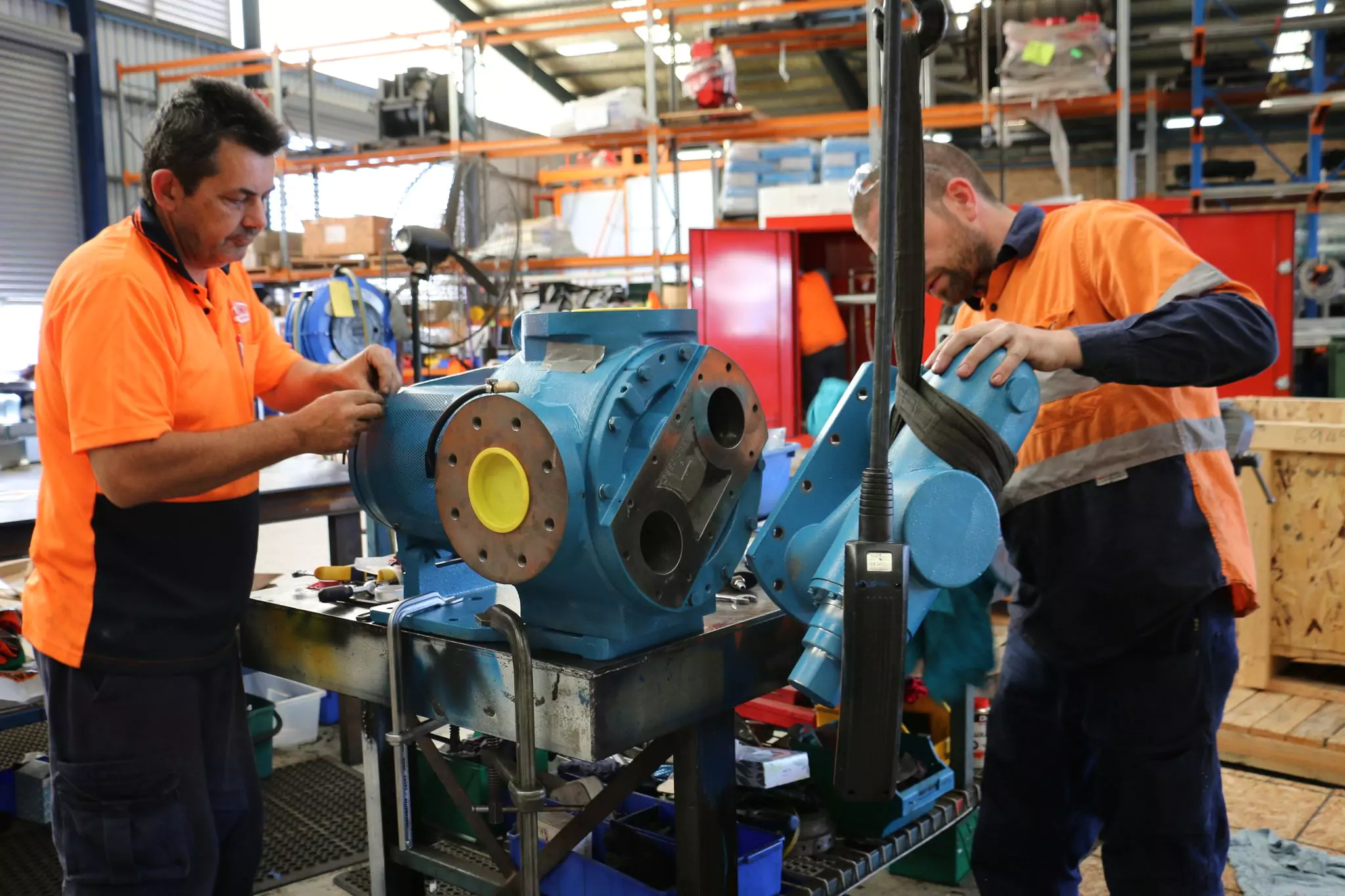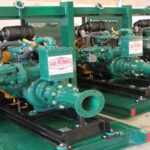Unless you like to burn cash, it is best practice that all centrifugal pumps need to be primed before operation.
But priming centrifugal pumps can be a pain, so is there an alternative? At a glance, self-priming pumps seem to be the answer. Even when it is not filled up fully with liquid, it can still operate and this is invaluable.
However it does has its limitations and fair share of problems.
What Are Self-Priming Pumps?
Quoting from our previous post, a self-priming pump is able to overcome the problem of air binding by mixing air with water. After it gets rid of the air, the pump will continue to move water like a standard centrifugal pump.
It is important to note that self-priming pumps can’t operate without water.
Self-priming pumps can handle a variety of fluids and they do well with slurries, corrosive fluids, and solids.
Advantages
Solids handling is one of its most important advantages, as some self-priming pumps can handle solids up to 3 inches.
Another advantage, when compared to a submersible pump, is its ability to continue pumping fluid while pump is still situated out of the pit.
Disadvantages
The disadvantage is its inefficiency, as clearances often need to be larger to allow for better solids handling, also a larger volute to assist with self priming.
Issues With Self-Priming Pumps
Like other types of pumps, self-priming pumps also come across various issues with continuous functioning. The main problem in a centrifugal pump occurs towards the pump’s suction side.
Need Of Re-Priming
For a new self-primed pump, the process of priming has to be followed before it is being put into use. Always remember to refer to the manufacturer’s manual for more details.
Self-priming pumps need to be primed again following the initial priming. This is to ensure optimised operation due to multiple factors such as fluid evaporation during initial priming.
Leakage In The Suction Line
As the suction line of a self-priming pump is always below the atmospheric pressure, some air leakage might occurs. Ideally, one should have a suction line at 0.5 metres (20 inches) of vacuum when the pump is functioning.
The Pump Is Too Far From The Liquid Source
It is ideal to place the pump as close as possible to the suction source. Usually 7.6 to 9 metre (25 to 30 feet) is the maximum recommended distance.
Prudent system design dictates that the suction pipe length be held to a minimum to promote long pump life. Every section of suction piping equates to a volume of air that must be removed when the pump starts. Best practice is to reduce priming time to a minimum.
Conclusion
It is important to note that self-priming pumps still need to be primed initially. Depending on your application and other factors, self-priming pumps might or might not be suitable for you.



